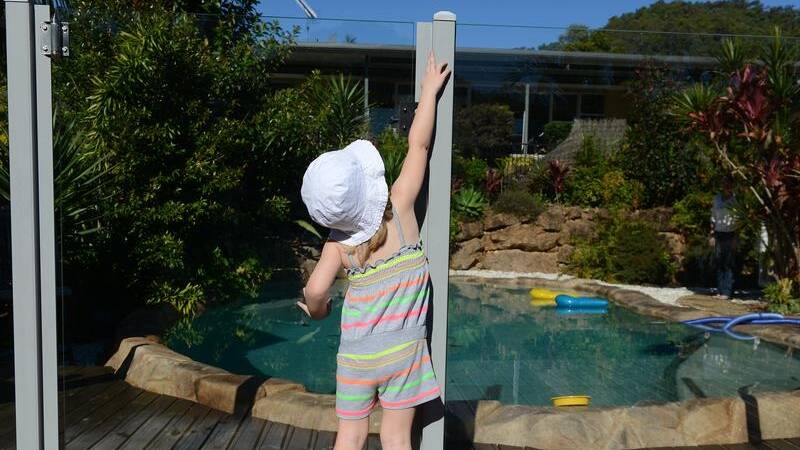There has been one drowning death almost every single day this summer with families left shattered and lifesavers urging people to take care.
Subscribe now for unlimited access.
$0/
(min cost $0)
or signup to continue reading
Data to January 30 reveals there have been 52 drowning deaths this year.
The number is drastically down on the horrific 2021-22 summer toll. By January 30 last year, 82 people had drowned, and the toll soared to 145 for the entire three month period.
In 20 years of fatal drowning data, this was the highest number of deaths on record.

Of the drowning deaths so far this summer, males accounted for 75 per cent (39 people) compared to 13 females.
The most recent drowning was at Sydney's Shelly Beach in Cronulla on January 28, when 44-year-old father of six Talitiga Taupau drowned trying to save two strangers from a rip. Mr Taupau was the uncle of NRL star Marty Taupau.
Coastal drownings have accounted for 29 (56 per cent) of deaths this summer, followed by 18 (35 per cent) who died at an inland waterway such as a river, creek, lake or dam.
IN OTHER NEWS
Four people have drowned in pools - two at private pools at a home, and another two in public pools, the Royal Life Saving Summer Drowning Toll shows.
Nine children have died during the first two months of this summer, but most who drowned (20 people) were aged 35-64 years.
The report, which is still being finalised, shows 35 per cent of people died while swimming (18 people), 21 per cent (11 people) while boating, eight per cent (four people) fell into water, and one person drowned while diving. Activities for others who drowned are yet to be added to the report.
Staying safe - inland areas
Most inland waterways are not patrolled by lifesavers or lifeguards and it can be difficult for people to know where to swim, Royal Life Saving national manager research and policy Stacey Pidgeon said.
"Conditions can change very rapidly, particularly where there's been lots of water. Water depth can change very quickly," she said.
Inland waterways can often be murky, with rocks and fallen trees not visible from the surface.
"If you're going into the water, go feet first rather than diving. There have been people left severely injured from jumping in," Ms Pidgeon said.
Alcohol is a factor in 25 per cent of drowning deaths each year, and often it's not people who've had "one or two", it's people who have drunk a lot.
Staying safe - coastal areas
Rip currents are the deadliest hazard on Australian beaches, Surf Life Saving Australia said.
"There are also more than 17,000 of them on any given day," the rescue agency reports.
"Stop, look and plan before getting in the water. Stop and check for rips, look for other dangers, and plan how to stay safe."
SLSA said rock fishing is arguably one of the most dangerous sports and hobbies in Australia.
"Always check the conditions, let someone know where you're going and when you'll be back, and wear a lifejacket when rock fishing," it said.
Top five tips to enjoy the water safely
- Always supervise children around water, be within an arm's reach
- Avoid alcohol around water
- Wear a lifejacket when boating and fishing
- Know the conditions
- Avoid going alone


